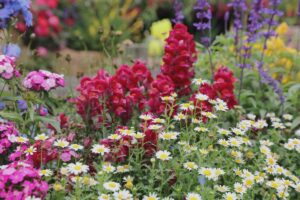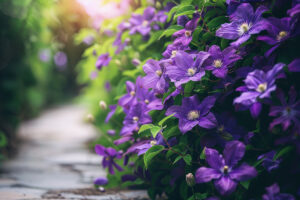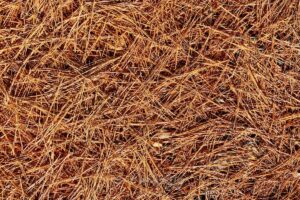This page may contain affiliate links. If you click and buy, we might get a small commission at no cost to you.
Tennessee has a mountainous landscape and fertile lands that provide a perfect habitat for a variety of plants we consider weeds to spread. There are a huge variety of weeds that thrive in the Volunteer State and compete with lawns and crops for space and nutrients.
Weeds are defined as unwanted plants that are considered a nuisance. They can fall into two categories: annual or perennial. Some can be both.
Annual weeds grow from seeds, live their full life cycle in a year, and die at the end of their season dropping new seeds for the next generation. Perennials do not die and return year after year.
This article describes 20 common weeds of Tennessee.
20 Weeds in Tennessee
1. Oxalis
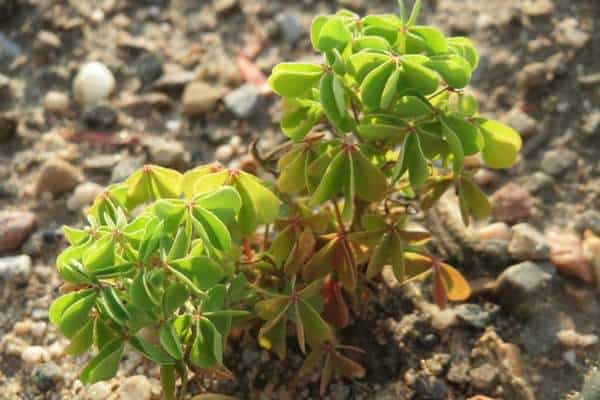
Oxalis is a perennial weed that enjoys a range of habitats. It grows practically anywhere in Tennessee. There are hundreds of variations on the plant.
The main invasive variety are green clover-looking weeds growing low to the ground. They have tiny yellow flowers with five petals.
2. Annual Bluegrass
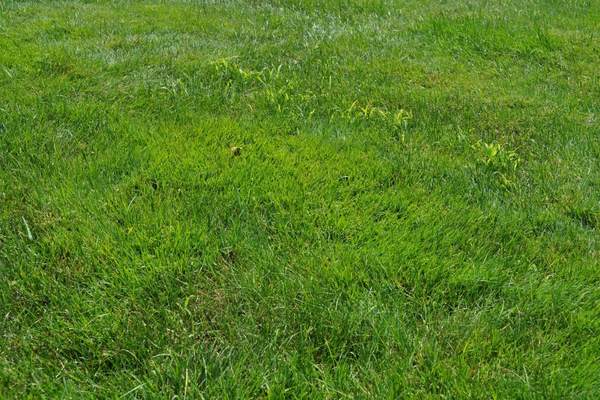
Annual bluegrass is an annual weed that grows in the cool season. It grows low to the ground with a stem of up to 10 inches.
Bluegrass grows in clumps and can bright or light green. The seed clusters are white and green colored.
3. Annual Ryegrass
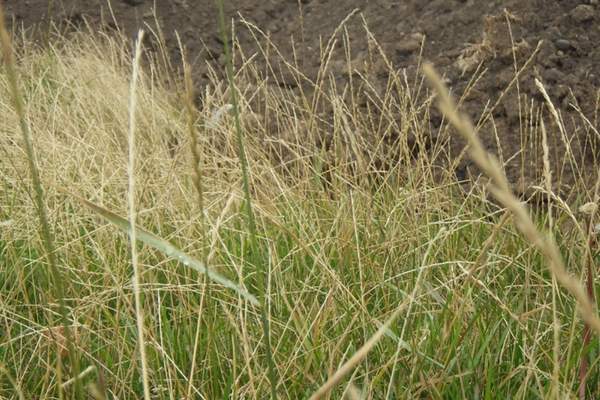
There are several species of ryegrass. Annual ryegrass typically has long, slender stalks with tufts. It grows in large clumps of long smooth leaves and can be up up to 2 feet tall.
The seed heads at the top are layered with little spikelets.
4. Black Medic
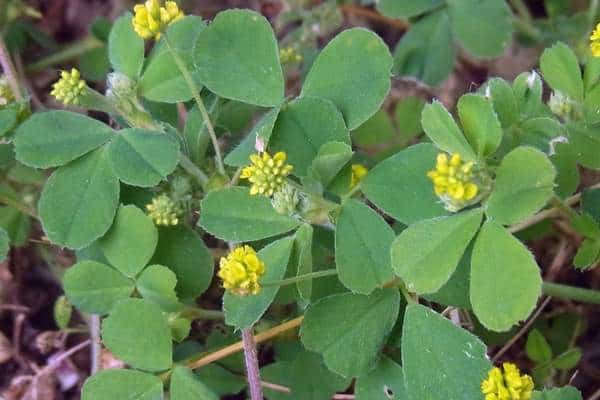
Also known as hop clover, black medic is a low growing annual weed. It is a legume and member of the clover family, and it thrives well in dry soil. It’s does well in cold and can grow in mountains at higher elevations.
Black medic has oval or heart shaped leaves that cluster together and a tiny yellow flower. Leaves are hairy and plants can grow up to 31 inches in height.
5. Nutsedge
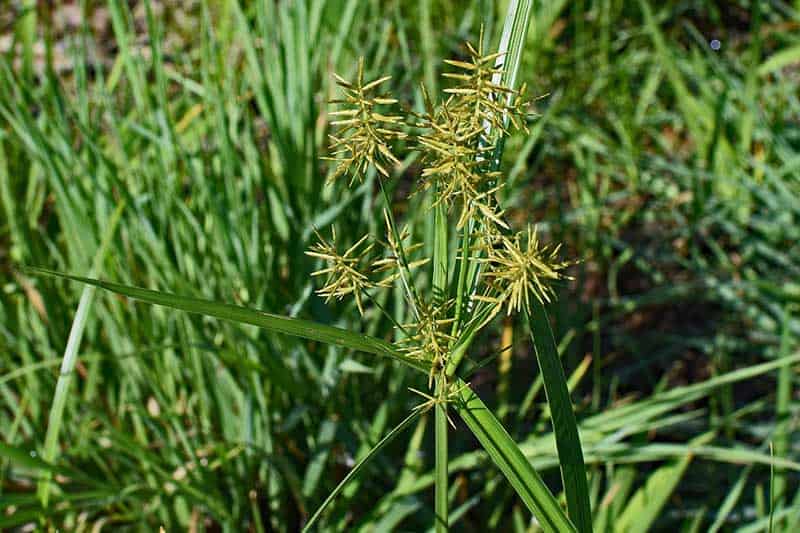
Nutsedge is a highly invasive weed. This weed grows up to 3 feet and has yellow-green leaves that are covered in a waxy surface.
Nutsedge is often mistaken for a grass because it looks similar. It can be yellow or purple. The seedheads are long and narrow, and they grow in clusters at the end of a stem.
6. Dallisgrass
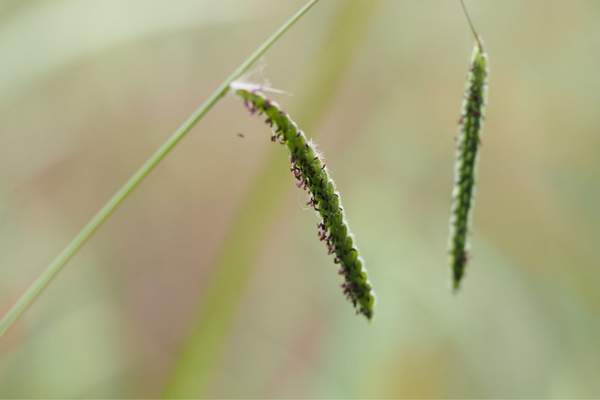
Also called Dallas grass, Dallisgrass is a perennial weed that is highly invasive in Tennessee. It was brought to the US in the 1800s from South America.
Mats can grow into dense clumps. They can expand outward several feet and grow up to 3 feet tall.
7. Dandelion
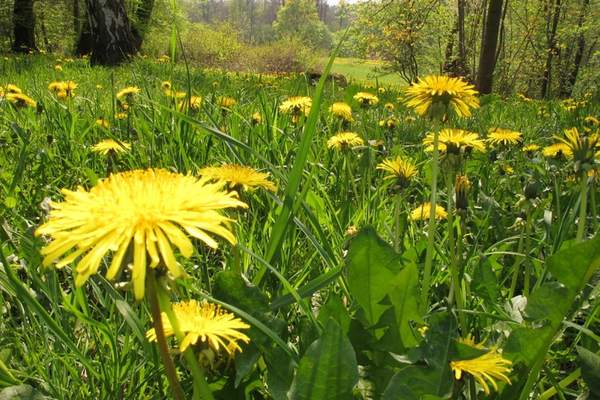
Dandelions are one of the most common and widespread weeds in Tennessee. They are easily recognized by their bright yellow flowers and round, hairy leaves.
Dandelions can grow in almost any type of soil and prefer sunny, open areas. They spread easily with their feathery seeds that float through wind. Seeds can travel several miles.
8. Cutleaf Evening Primrose
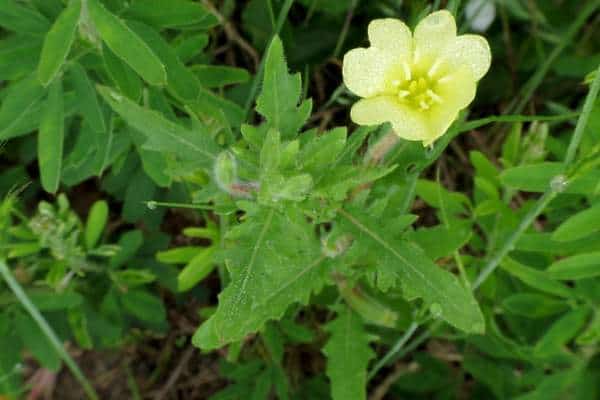
Cutleaf evening primrose can be a perennial or annual that is native to the United States. It can grow 4 to 18 inches tall and has a small yellow or red flower and toothed leaves.
Cutleaf evening primrose invades Tennessee farmlands and competes with crops. They also grow well in ditches and roadsides.
9. Dollarweed
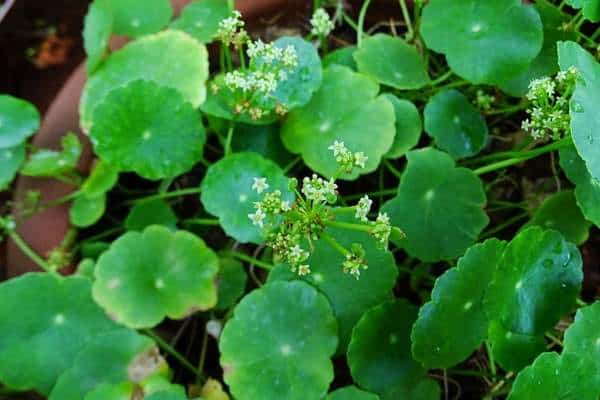
Dollarweed is a perennial plant that reproduces by seeds, rhizomes, and stolons. It is found in moist to wet soils of lawns, pastures, roadsides, and other disturbed areas.
Dollarweed is a small plant with round leaves that are about the size of a silver dollar. The flowers are small, white, and borne in clusters at the ends of the stems.
10. Crabgrass
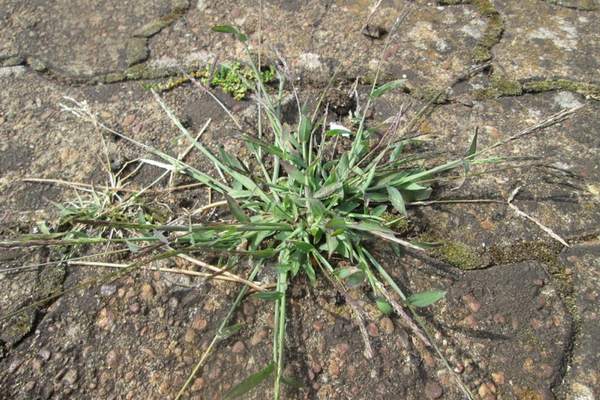
Crabgrass is an annual grassy weed that germinates in spring in Tennessee. It’s an aggressive weed and grows, crowding out other grasses and plant.
Crabgrass is a low-growing plant with purple or red leaves that grow in a rosette, spreading out like crab legs. The leaves are narrow and have a distinctive V-shaped notch at the tip.
11. Globe Sedge
Globe sedge is a native perennial sedge that typically grows in wet and sandy areas. It is commonly found in floodplain forests, swamps, and bogs.
Globe sedge grows about 6 inches tall. It’s stems have globes of seedheads with several spikelets. It can spread through seeds or rhizomes.
12. Purslane

Purslane is a low-growing, mat-forming weed that is common in landscapes in Tennessee. It is an annual weed that spreads quickly and aggressively.
It has succulent, fleshy leaves that are bright green in color. The stems and leaves of this weed are often tinged with red or purple.
13. Wild Onion
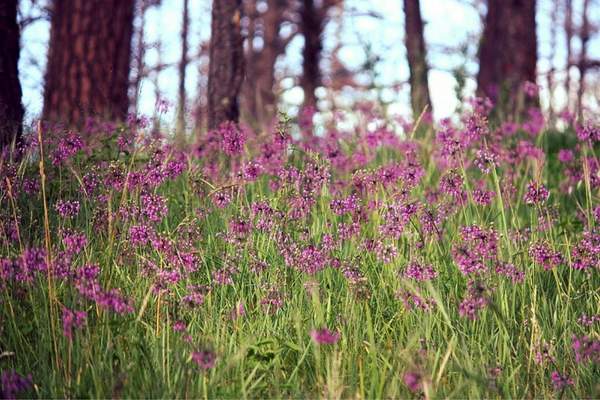
Also called wild garlic, wild onion is a member of the lily family. They are perennial plants that reproduce by bulbs. They have a garlic smell and were used by indigenous tribes for coking and flavor.
Wild onions have long, slender leaves that are green on top and white on the bottom. The flowers are small and white, and they grow in clusters.
14. Spotted Spurge
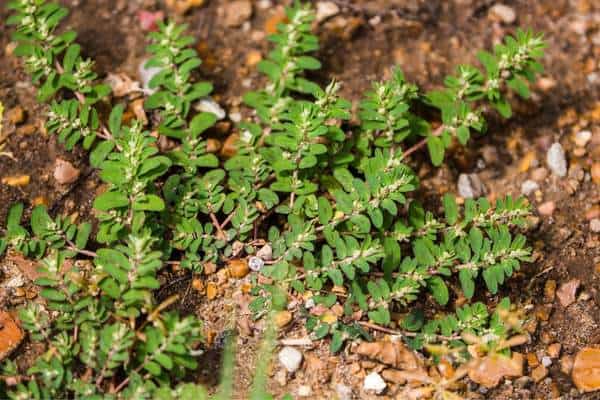
Spotted spurge is a common weed that grows in lawns, gardens, and other disturbed areas in Tennessee. This annual weed grows close to the ground.
Spotted spurge is easily recognizable by the red spots on the leaves. It has reddish stems and bright green leaves.
15. Shepherd’s Purse
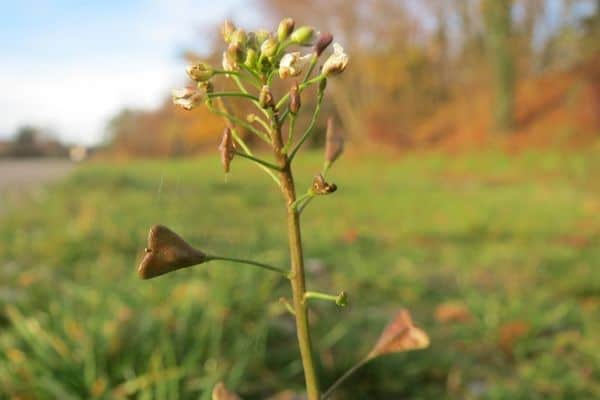
Shepherd’s purse is an annual broadleaf weed that is a member of the mustard family. The plant gets its name from its triangular seedpods which resemble a shepherd’s purse.
Shepherd’s purse leaves grow in a rosette. It has a stem that grows from the center and tiny white flowers.
16. Goosegrass
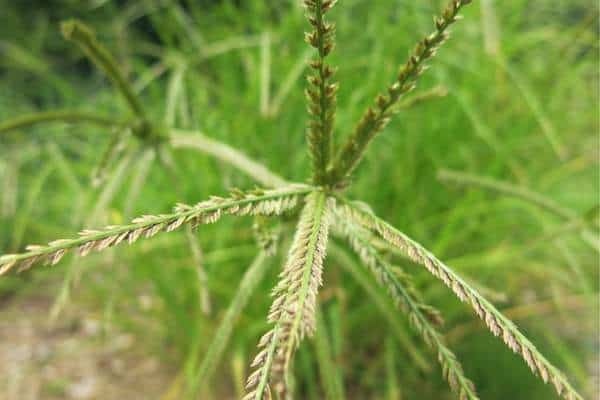
Also known as crowfootgrass, goosegrass is an annual grass that germinates in late spring or early summer. It gets its name for the 3 to 5 seedheads that grow from the stem that resemble a crow’s foot.
Goosegrass often grows alongside crabgrass. It is a low-growing, aggressive weed that grows best in areas with packed soil.
17. Kyllinga
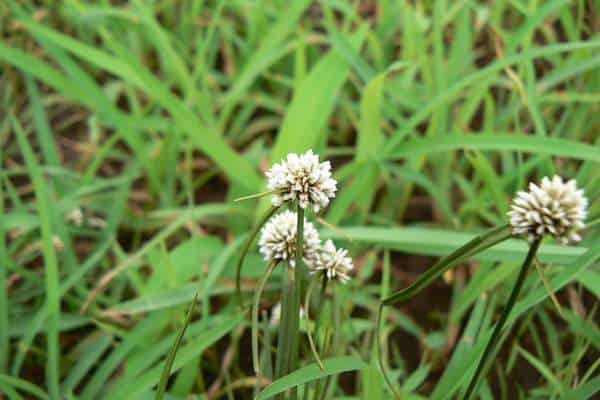
Kyllinga is a perennial sedge. It is native to tropical and subtropical regions of the world. They are found in wet areas.
Kyllinga is capable of reproducing both vegetatively and via seed. This weed can spread rapidly through its rhizomes and root system.
18. Johnsongrass
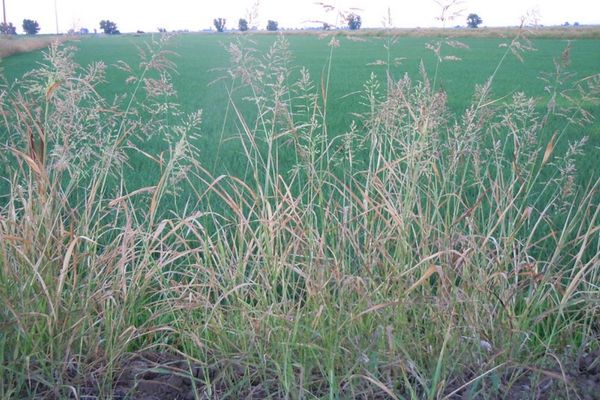
Johnsongrass is a perennial weed that grows in big clumps. It spreads quickly with rhizomes and seeds. A single rhizome can spread over 200 feet.
Johnsongrass is found all over Tennessee in agriculture areas, pastures, and roadsides. It’s a nuisance to farmers in the state.
19. Virginia Buttonweed
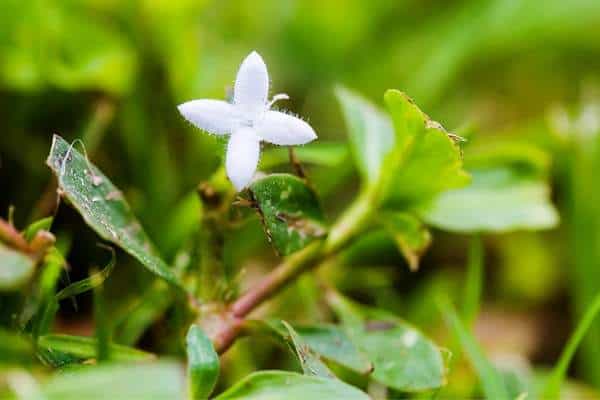
Virginia button weed is a perennial weed with tiny white flowers that have 4 petals. The leaves are tapered and pointed at the end.
This weed grows best in wet areas with poor drainage. It can be found throughout Tennessee growing in large mats.
20. Purple Cudweed
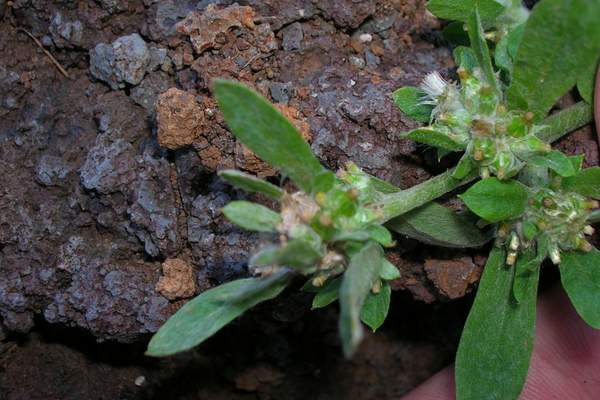
Purple cudweed also called rabbit tobacco is a broadleaf annual. It grows in fields and lawns across Tennessee.
Purple cudweed is a light gray color and wooly look. The small brown flowers are clustered at the end of the stem.

